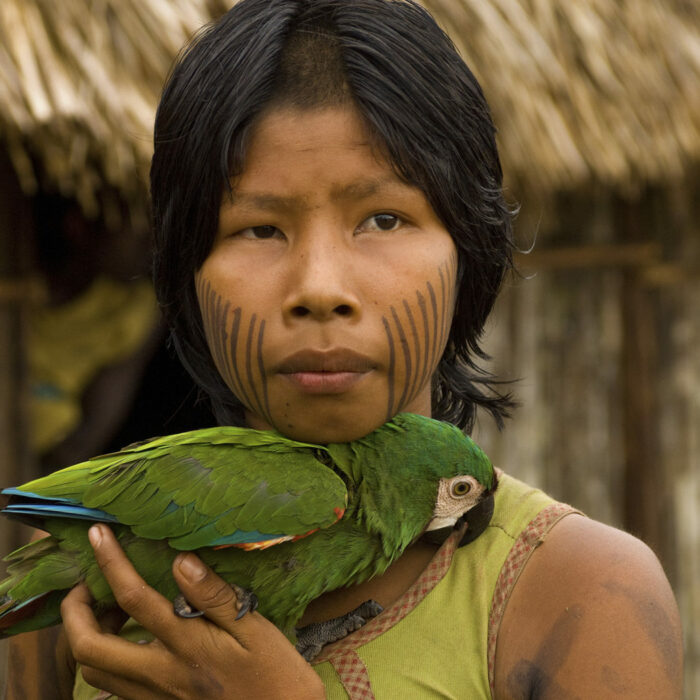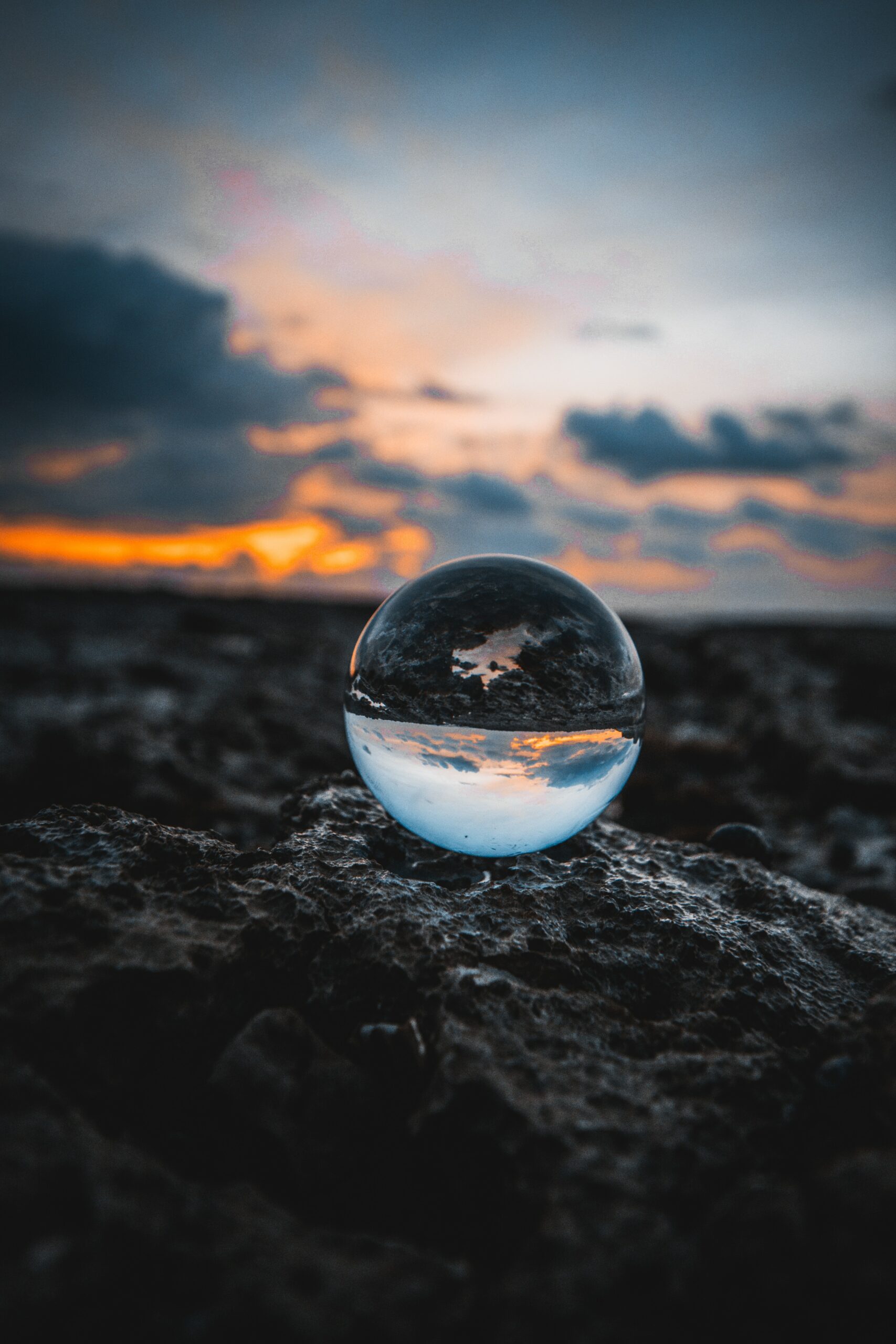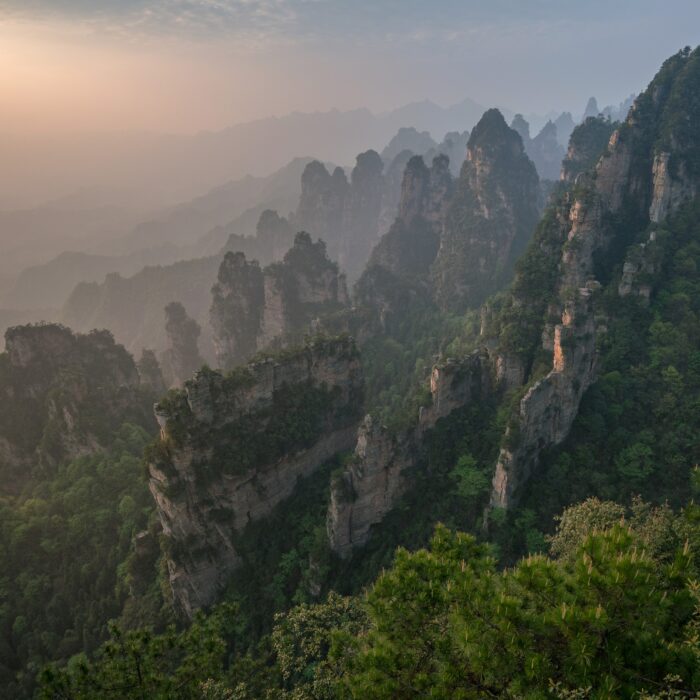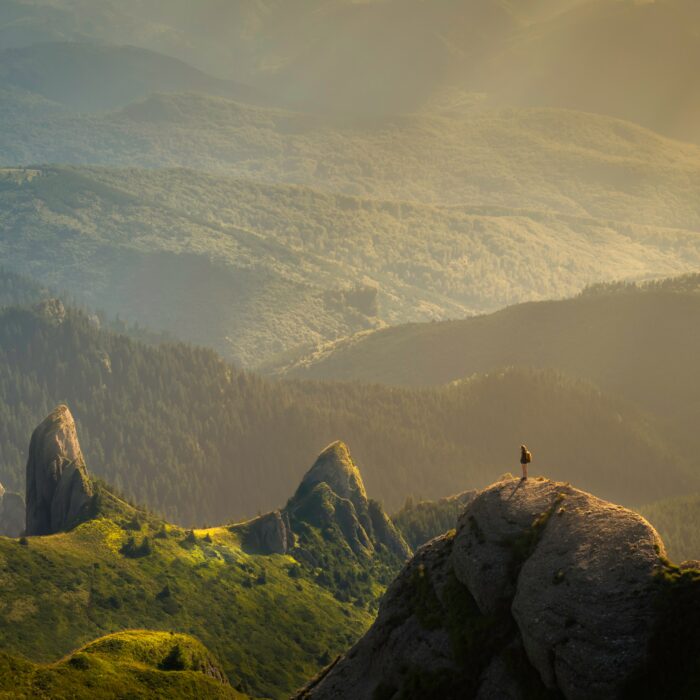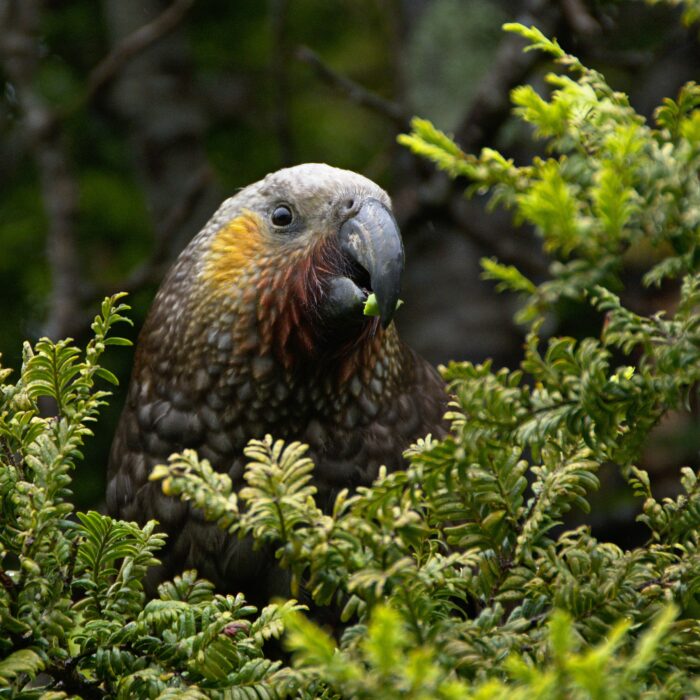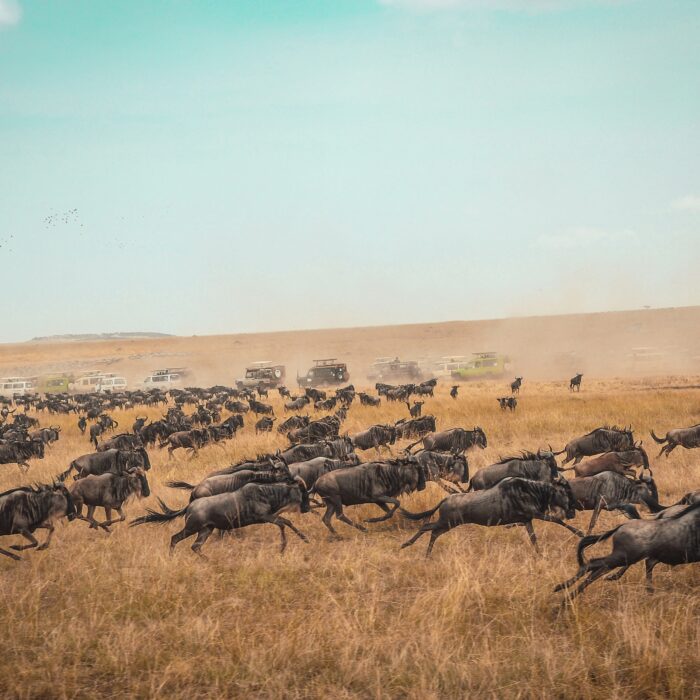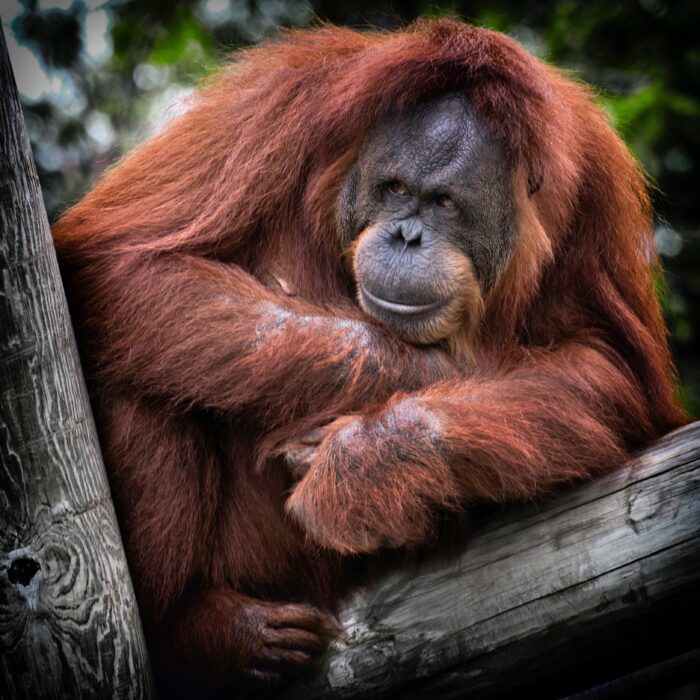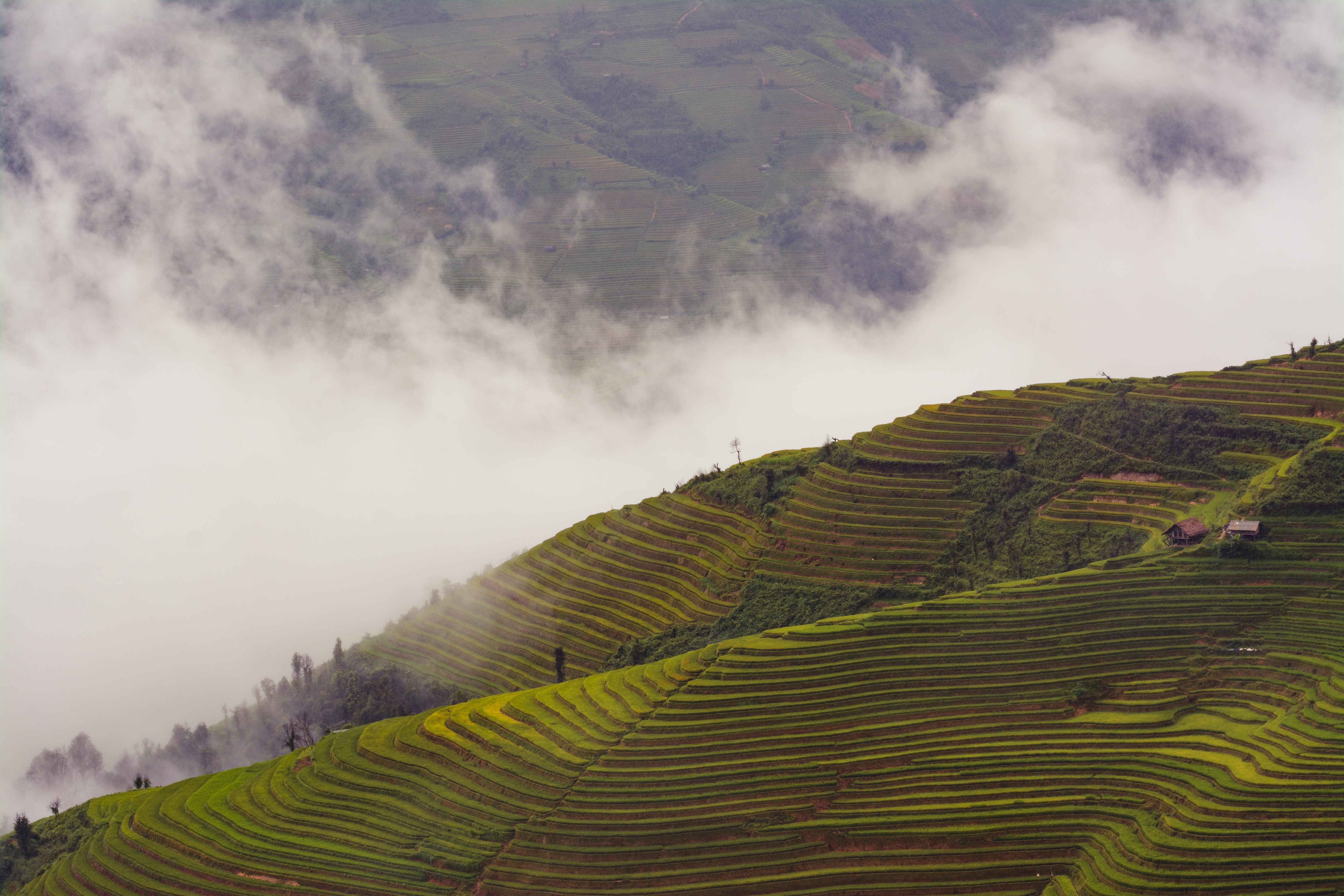
Protecting Half Without Going Hungry
Posted in All Articles, News & Publications, Papers & Publications on 09/19/18
How to conserve half the planet without going hungry By Zia Mehrabi, Erle C. Ellis And Navin Ramankutty Every day there are roughly 386,000 new mouths to feed, and in that same 24 hours, scientists estimate between one and 100 species will go extinct. That's it. Lost forever. To deal with the biodiversity crisis we need to find a way to give nature more space—habitat loss is a key factor driving these extinctions. But...
Read More